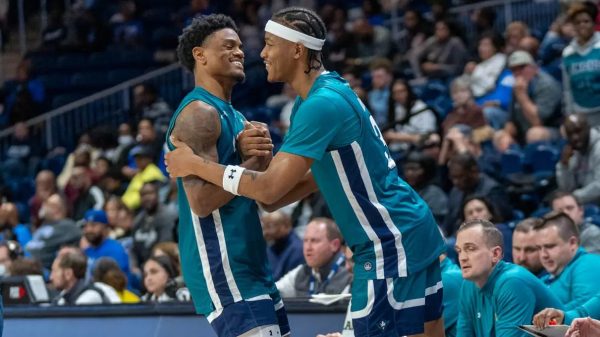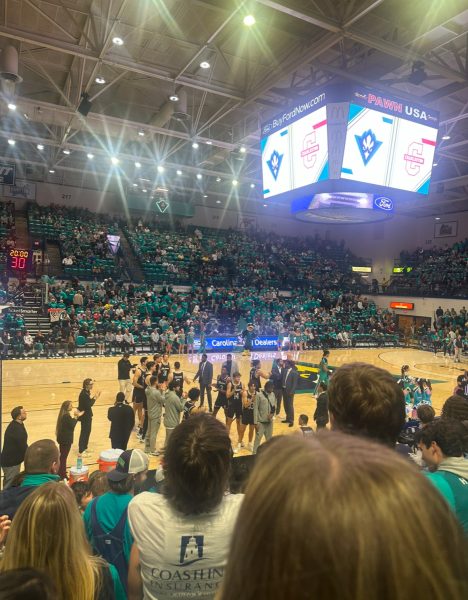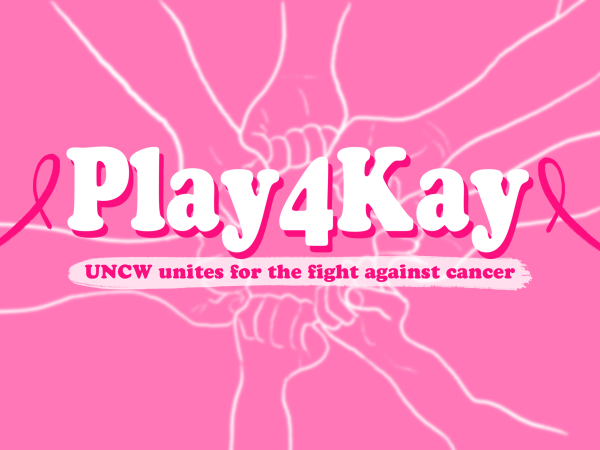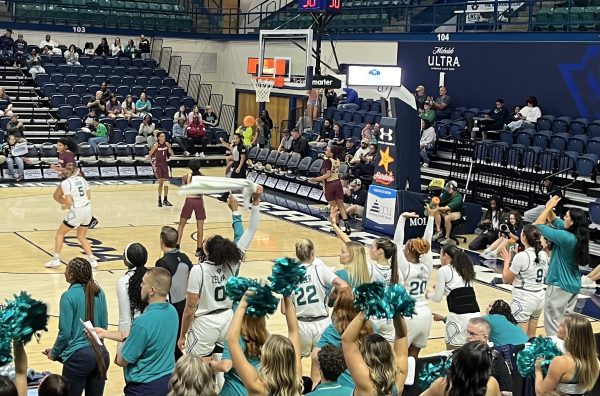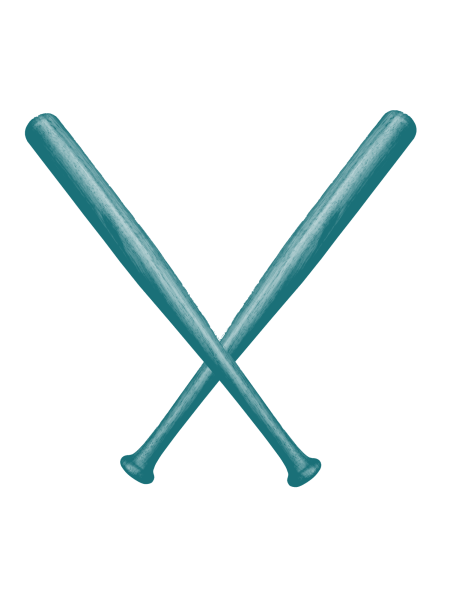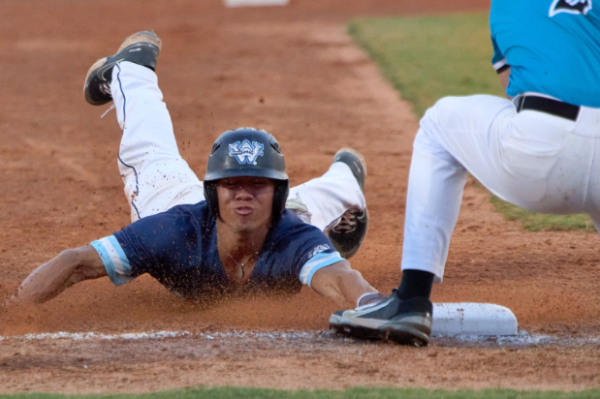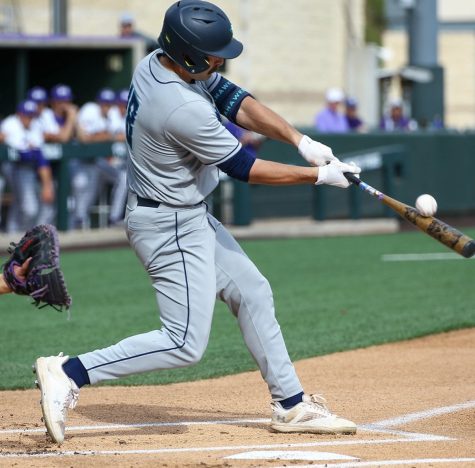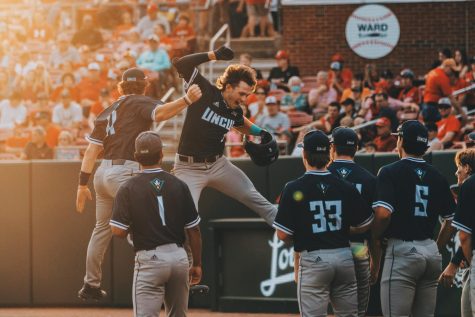Breaking it down: UNCW’s athletic budget
To fit the financial theme of this month’s print issue, The Seahawk has decided to look into the annual athletic budget of UNC Wilmington and, in addition to grasping how it is funded, learn how scholarships work into the budget.
A member of the Colonial Athletic Association, UNCW athletics is the least-funded of the CAA’s 10 full-time institutions with a total of $13.5 million aggregated for the 2016-2017 academic year.
As explained by Dana Harris, the senior associate athletic director for internal operations at UNCW, the athletic department is driven by every penny that comes in through its door and plans on what to do with it years in advance.
“We live by those budgets,” Harris said. “If there’s going to be a shortfall, we need to be cognizant that one is coming and then we have to make cuts along the line to ensure we aren’t spending more than we’re bringing in any given year.”
Although there are certain ways to try and make up for the occasional shortfall, Harris made it clear that the inflow of revenue is mostly static year-to-year.
Two major sources of money for UNCW are the CAA and the NCAA — the governing body of major American collegiate athletics — with contributions from the former fluctuating slightly based on athletic achievement for the previous fiscal year. The NCAA’s annual donation to the school is almost always the same, but can also vary based on minute calculations.
About 75 percent of the $13.5 million is drawn from student fees. A university of approximately 14,000 undergraduates, full-time UNCW students have about $362 worked into their tuition each semester that will be given to the athletic department.
The fee is the largest for students by far — about 2.86 times that of the “Recreation and Intramural” fee, which stands at $126.50 per semester.
Funding for individual programs is determined by their respective costs. Salaries for coaching staffs, scholarship allotment, recruiting, and the cost of travel are all variables that are taken into consideration when deciding how much money to put towards a program.
“I think though our sports are underfunded in comparison to our sister institutions, we do a great job of managing our budget,” Harris said, referencing a recent article that placed head baseball coach Mark Scalf’s program among the best in the nation based on dollar amount given to the program.
“It’s not really something we want to be known for,” she said, “but the fact is that our coaches are very, very good at making their dollars stretch.”
Of UNCW’s 18 varsity teams, only two are considered to be “fully-funded.” A program being fully funded means a coaching staff has a nearly unlimited range of recruiting options in terms of geographic location, cost, and admittance of out-of-state students.
Men’s and women’s basketball both are and are not fully funded — the coaches have the option to recruit more athletes outside of North Carolina, but do so much more conservatively than fully-funded programs at larger schools.
Athletic scholarships, obviously, take up a large portion of the dollars relegated to each sport. The two basketball teams are the only programs to offer a majority of their rosters full scholarships, with the rest of the university’s teams dispersing just a few or multiple partial scholarships to their athletes.
“If you ask any coach, they’re always going to want more scholarship money,” said Harris. “When I first got here, in my conversations with Paul Cairney (women’s soccer), he went back and showed me when his program was most successful, and that was when he had more scholarship dollars.”
Cairney’s scholarship money took a hit for a few years after out-of-state student athletes in the UNC system were no longer given in-state tuition. As a result, his program’s annual record began to decline.
After going 13-7-1 in 2012, the women’s soccer team fledgling scholarships began to have an impact on the level of talent available. It assembled a 17-19-3 record over the next two seasons before rebounding a year ago. Perhaps non-coincidentally, it occurred around the same time some of Cairney’s scholarship money returned.
The number of scholarships available and their worth varies depending on the sport.
“The NCAA determines the allowed number of scholarships and if it is an equivalency or head count sport,” said Harris. “For example, tennis is a head count sport, so they will never give more than eight players scholarship money – it may be full or it may be partial, but we can only give eight players money.”
It is up to individual coaches which of their athletes receive full scholarships. A full chart of how scholarships are distributed amongst athletes and programs can be found with this article.



